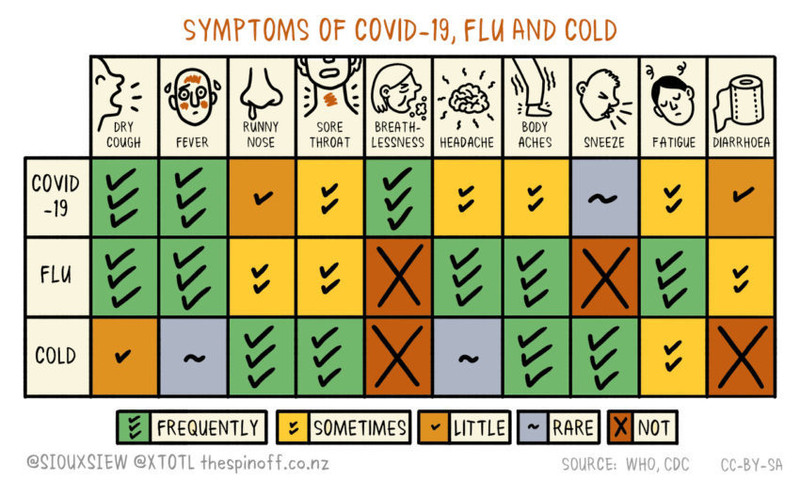Back up the bus - what is this caronavirus?
If you’re like me, you have square eyes by now trying to keep up with everything COVID-19. It's a full time job, let alone the ‘homeschooling’, the actual job, and the abundant garden produce that needs to be preserved right now.
But let's back up the bus a little - what actually is this thing, how does it work, and what’s with all the names?
I always knew there was a difference between viruses and bacteria, but I didn’t quite realise how different these germies were until Miss Jack made us watch a whole lot of YouTube videos about them last year (I highly recommend this as a rainy afternoon activity).
Viruses are teeny tiny packets of DNA or simpler RNA (the molecule that carries the instructions for how organisms develop, grow and reproduce) surrounded by a protein case, and sometimes a fatty/waxy layer. They are about 100 times smaller than bacteria, which are already tiny, and some of them even infect bacteria.
Unlike bacteria, viruses aren’t really living things and cannot reproduce themselves outside of a living host such animals (including us) or plants. So they need to get inside a host, through the eyes, nose or mouth of a human in the case of this coronavirus, so that they can make more of themselves.
There are thousands and thousands of different viruses – they come is all sorts of shapes, have different ways of attaching themselves to the cells inside whatever it is they are infecting, and can mutate or change slightly to make new viruses.
Once they have attached themselves to a cell they make their way inside, take over, and start making copies of themselves. They make so many of themselves that the cell bursts, and all the new little viruses head off to find more cells to infect.
Our bodies react to this invasion by producing antibodies that bind to the virus so it can’t reproduce, and by releasing cells that kill the virus. Our body temperature goes up to try to kill the virus and we produce lots of phlegm or snot to try to get the virus out of our bodies.
Coronaviruses are a large family of viruses that are found throughout the world, and which cause almost a third of upper respiratory tract (aka nose and throat) infections in humans. They are not named after reliable Toyotas or Mexican beers but rather after their spikey proteins that make the virus look like a crown – corona is Latin for crown. The coronavirus uses these spikes to attach to cells inside other living things and each coronavirus has slightly different spikes.
This novel (fancy speak for ‘new’) coronavirus is called severe acute respiratory syndrome coronavirus 2, or SARS-CoV-2 for short, and it is related to the SARS-CoV virus that caused the SARS epidemic in the early 2000s. COVID-19 is short for coronavirus disease 2019 and is the disease that people get from the SARS-CoV-2 virus. It’s a bit of a boring name but the World Health Organisation gave it a boring name on purpose with no reference to any particular location, animals or groups of people, so there was less chance of people being mean to each other about it.
Although they both infect our breathing apparatus, SARS-CoV-2 is different from influenza viruses that cause the flu, or rhinoviruses and other coronaviruses that cause the common cold, so this is not a ‘bad flu’ or cold we are talking about. Flu and cold viruses tend to stay in our upper respiratory tract, aka nose and throat. COVID-19 on the other hand affects our lower respiratory tract, aka the lungs, because lungs have lots of the enzyme that SARS-CoV-2 uses to get inside cells. The damage done to the lungs in some people is what makes COVID-19 a potentially fatal disease.
Siouxsie Wiles and Toby Morris have made a handy symptom chart so you can easily see if you do need to worry about that worrying symptom.
Lastly, what’s with all the soap? As Pall Thordarson from the University of New South Wales writes once you have the virus inside you there are no drugs that can kill it or help you get rid of it…but your grandmother’s bar of soap can kill it on your skin. Simply put, soap dissolves the fatty outer layer of the virus and it pretty much falls to bits, and you wash it down the sink.
That’s why washing your hands with plain old soap is just as, if not more, effective than all the disinfectants, gels, sprays and wet wipes (although, yep, hand san is handy when you are out and don’t have a bar of soap or a tap).






